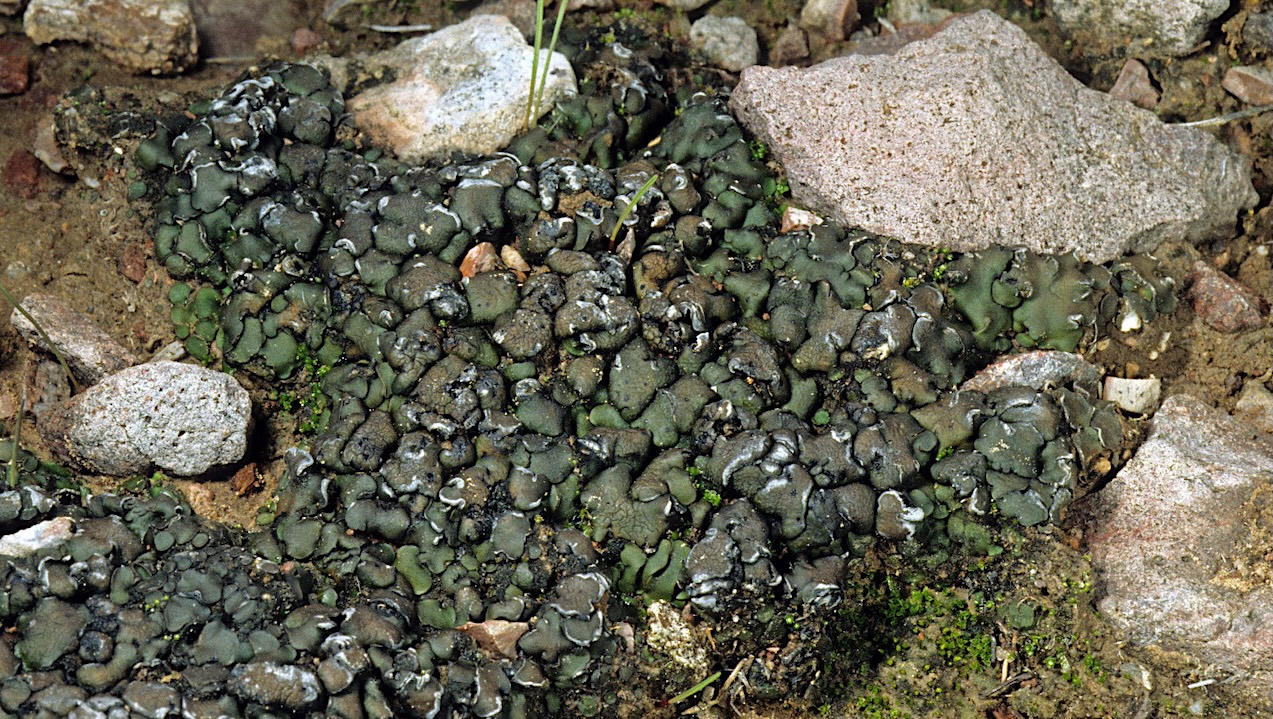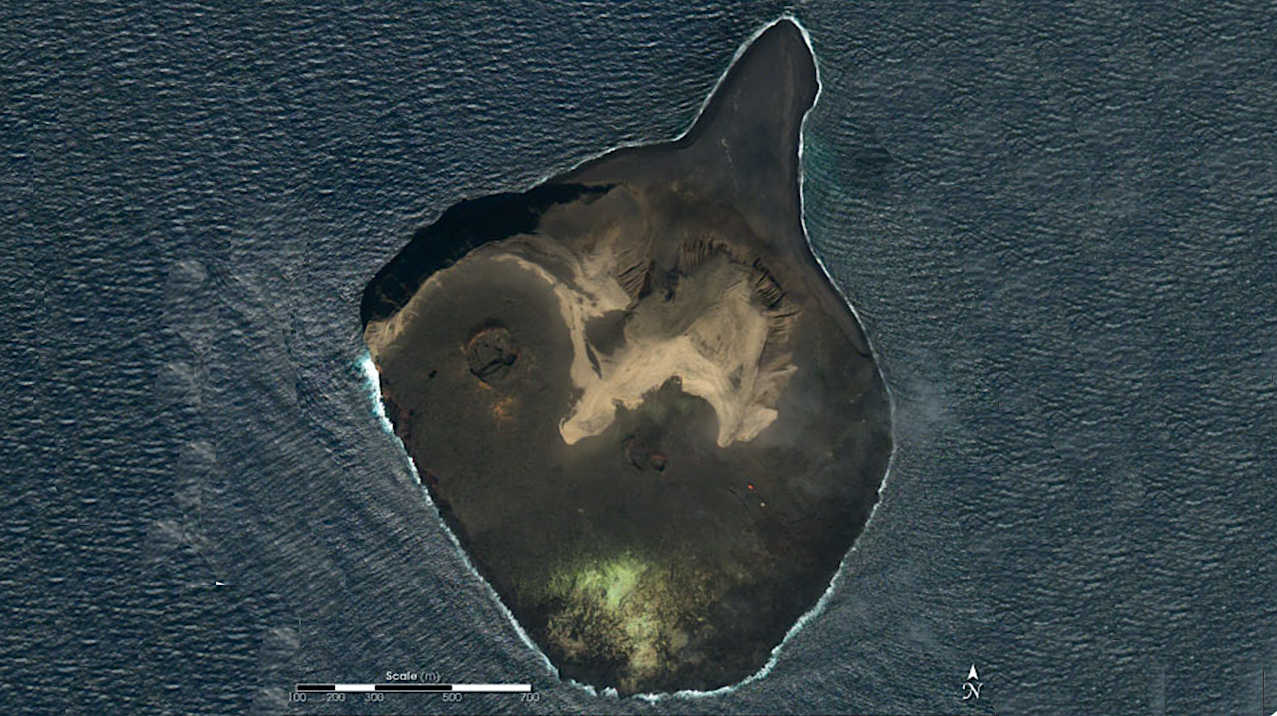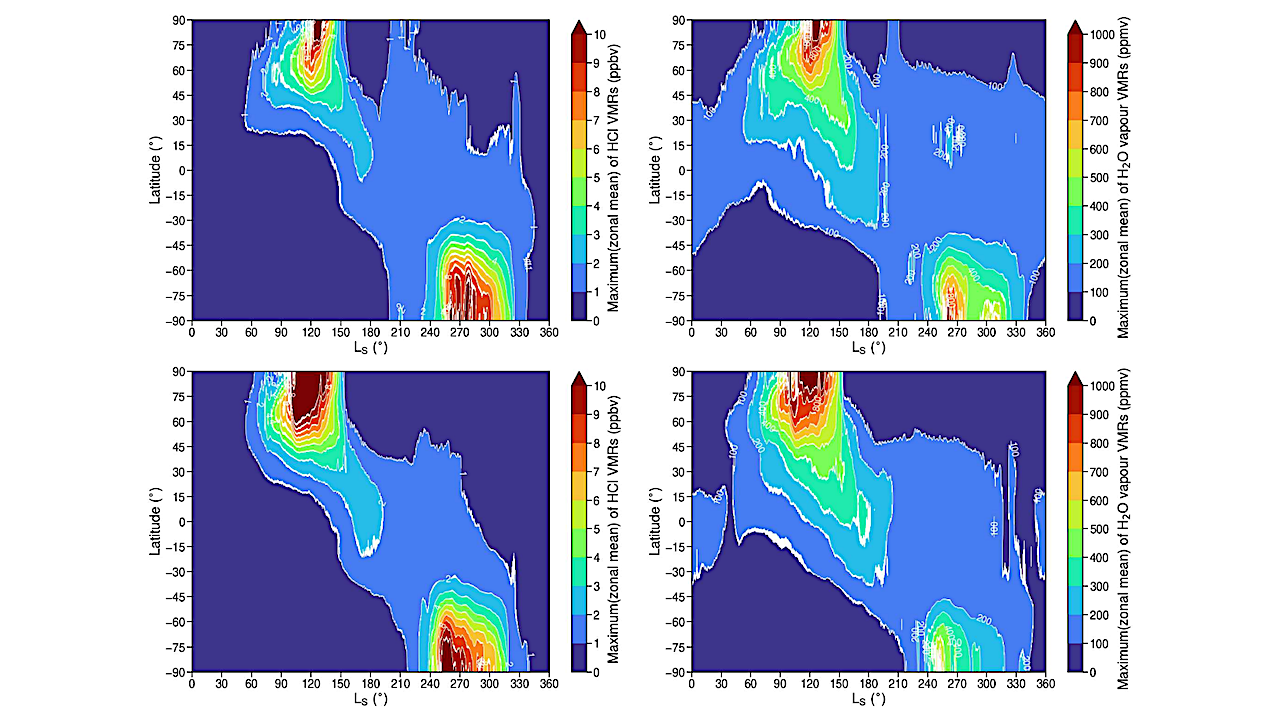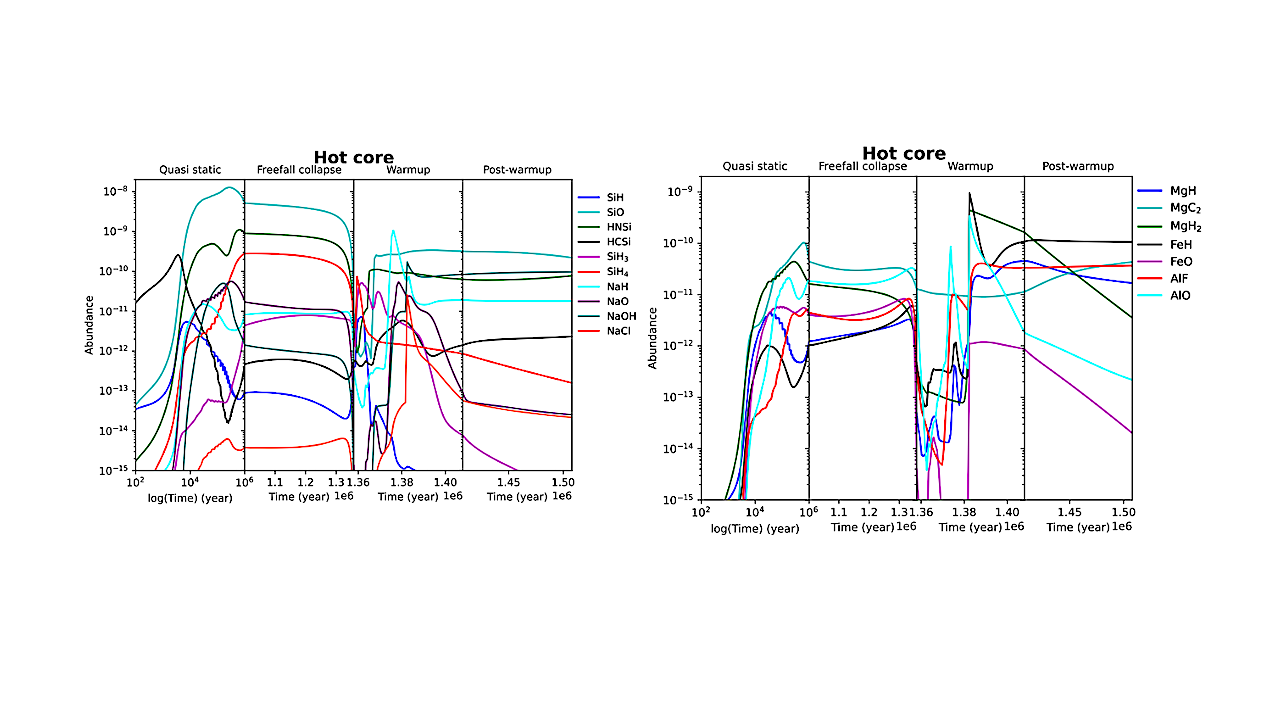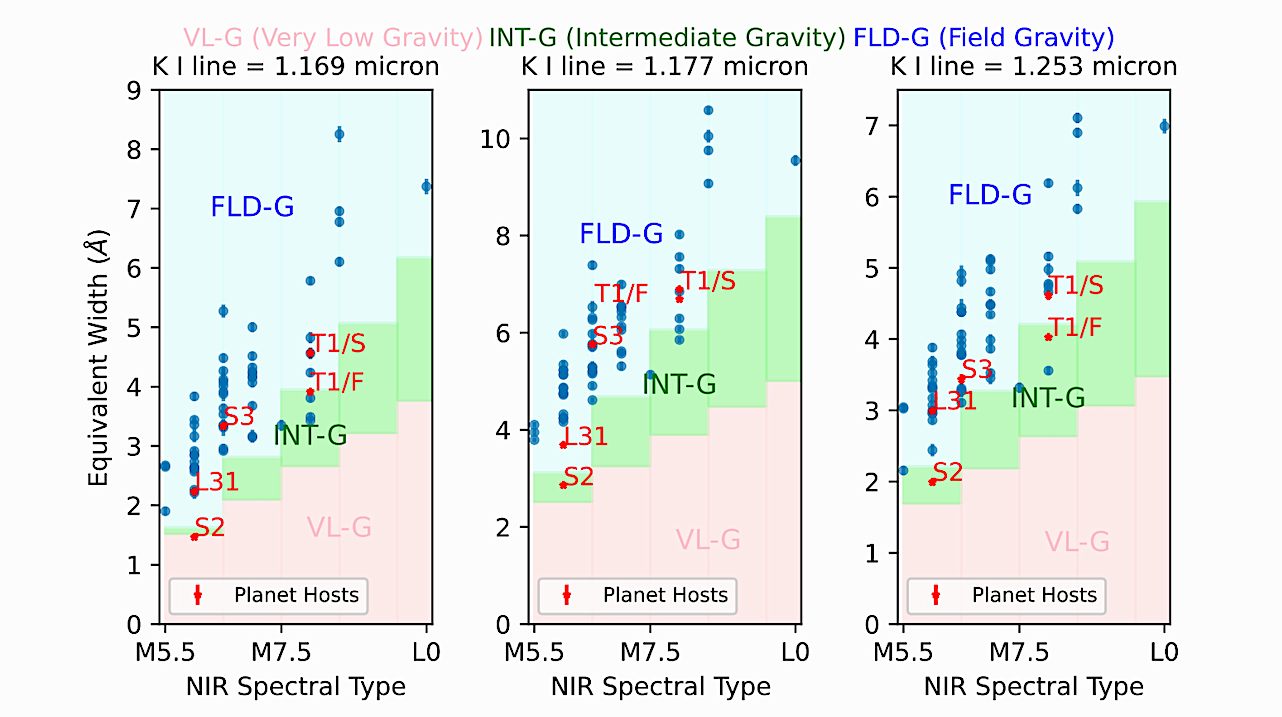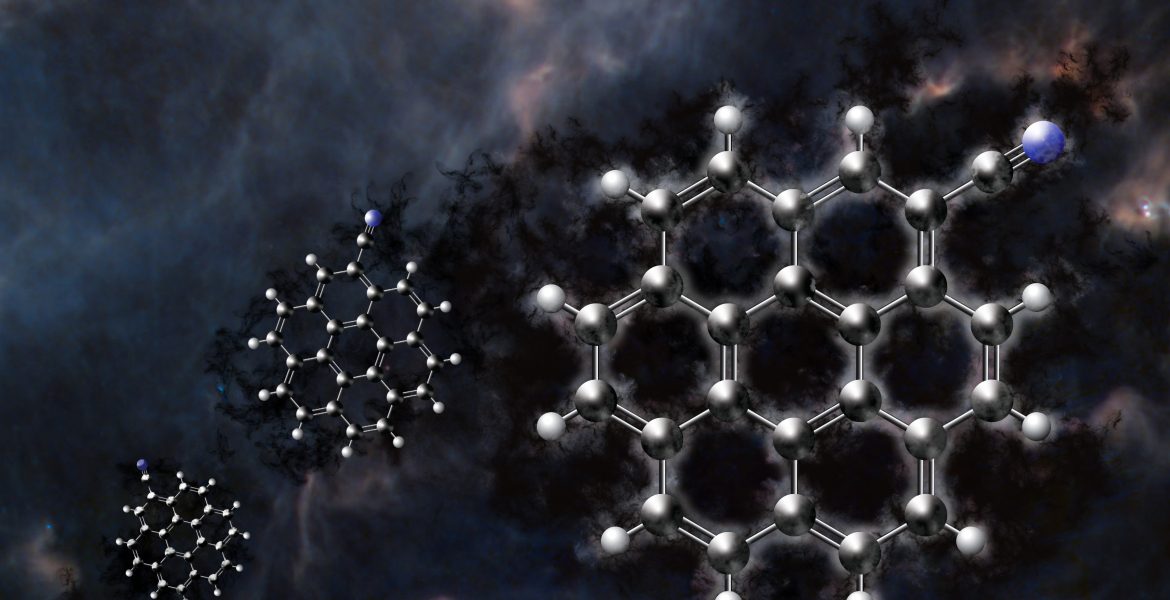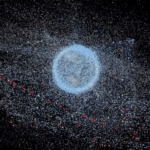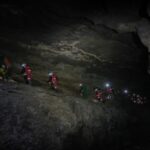Many of the recently discovered Earth-like exoplanets are hosted by M and F stars, stars that emit intense UVC, especially during a flare. We studied whether such planets are nevertheless
Archive for June, 20253- Page
ASGSR 2025 Interested in volunteering to review ASGSR 2025 abstracts? Please fill out the form to volunteer. This must be filled out by the end of the day on Wednesday,
Get a head start on amazing savings with this incredible pre-Prime Day deal on the Nikon Z6 II with 24-70mm f/4 lens. This full-frame mirrorless camera is now just $1997,
On November 14, 1963, an Icelandic fisherman noticed a plume of smoke rising from the open water. Within a day, Surtsey, a new volcanic island, had formed off the southern
HELSINKI — China’s Shijian-21 and Shijian-25 are conducting proximity operations for a second time high above the Earth as a precursor to an expected on-orbit refueling test. Shijian-21 and Shijian-25
HCl was detected in the Martian atmosphere by the NOMAD and ACS spectrometers aboard the ExoMars TGO. Photochemical models show that using gas-phase chemistry alone is insufficient to reproduce these
Time evolution of abundances of some notable metal-bearing species in the hot cores. — astro-ph.GA Metal-bearing species in diffuse or molecular clouds are often overlooked in astrochemical modeling except for
RGZ EMU user interface and its 3-step workflow setup. The first 2 steps (in blue color) of the workflow is compulsary, while the third (in green color) is optional. —
EWs for the K i lines in the J band vs. NIR spectral type for M dwarfs in our sample. The figure elements are the same as in Figure 3.
Scientists are claiming a “cosmic chemistry breakthrough” following the discovery of a large “aromatic” molecule in deep space. The discovery suggests that these molecules could help seed planetary systems with
-
 01From Polymerization-Enabled Folding and Assembly to Chemical Evolution: Key Processes for Emergence of Functional Polymers in the Origin of Life
01From Polymerization-Enabled Folding and Assembly to Chemical Evolution: Key Processes for Emergence of Functional Polymers in the Origin of Life -
 02Two Black Holes Observed Circling Each Other for the First Time
02Two Black Holes Observed Circling Each Other for the First Time -
 03How New NASA, India Earth Satellite NISAR Will See Earth
03How New NASA, India Earth Satellite NISAR Will See Earth -
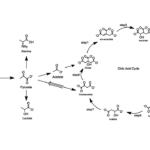 04Thermodynamic Constraints On The Citric Acid Cycle And Related Reactions In Ocean World Interiors
04Thermodynamic Constraints On The Citric Acid Cycle And Related Reactions In Ocean World Interiors -
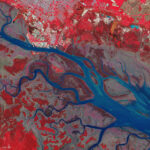 05Φsat-2 begins science phase for AI Earth images
05Φsat-2 begins science phase for AI Earth images -
 06Hurricane forecasters are losing 3 key satellites ahead of peak storm season − a meteorologist explains why it matters
06Hurricane forecasters are losing 3 key satellites ahead of peak storm season − a meteorologist explains why it matters -
 07U.S. Space Force awards $13.7 billion in new national security launch contracts to Blue Origin, SpaceX and ULA
07U.S. Space Force awards $13.7 billion in new national security launch contracts to Blue Origin, SpaceX and ULA


